Analyzing Social Media's Influence on E-commerce and Consumer Behavior
VerifiedAdded on 2023/03/24
|10
|571
|65
Report
AI Summary
This report delves into the impact of social media on e-commerce, examining its influence on customer purchasing behavior and demand patterns. It explores how social networks like Facebook and Twitter contribute to business development and online presence, as highlighted by Bowen and Ozuem (2014) and Bravo, Montaner, and Pina (2012). The report discusses how social media facilitates customer engagement, transparency, and brand loyalty, as noted by Rajagopal (2013) and Sasmita and Suki (2015). It emphasizes the importance of social media in providing customers with product reviews and complaint mechanisms, ultimately affecting customer satisfaction and business success. The report references key studies to support its analysis, offering insights into how businesses can leverage social media for effective e-commerce strategies.
1 out of 10
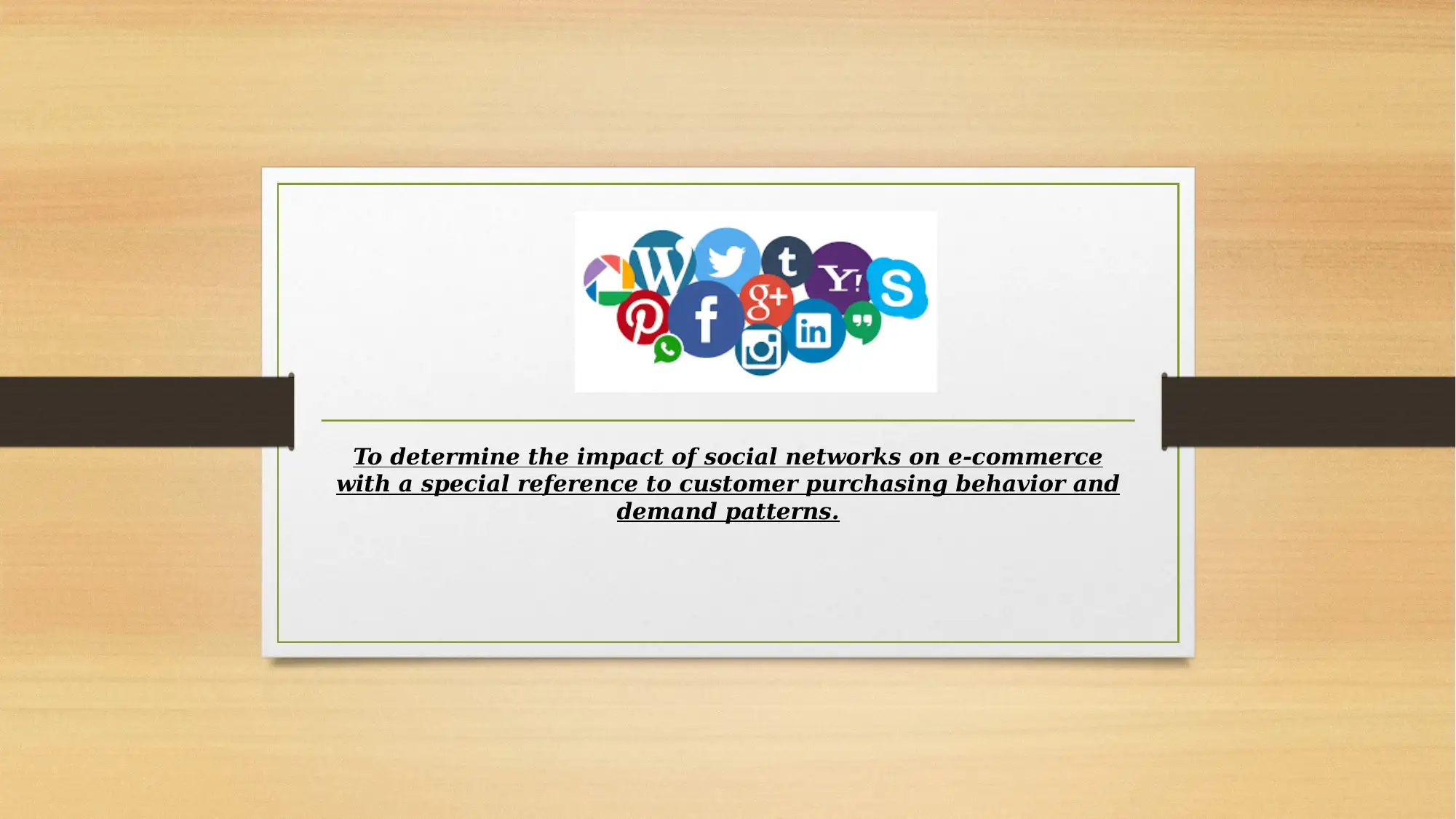
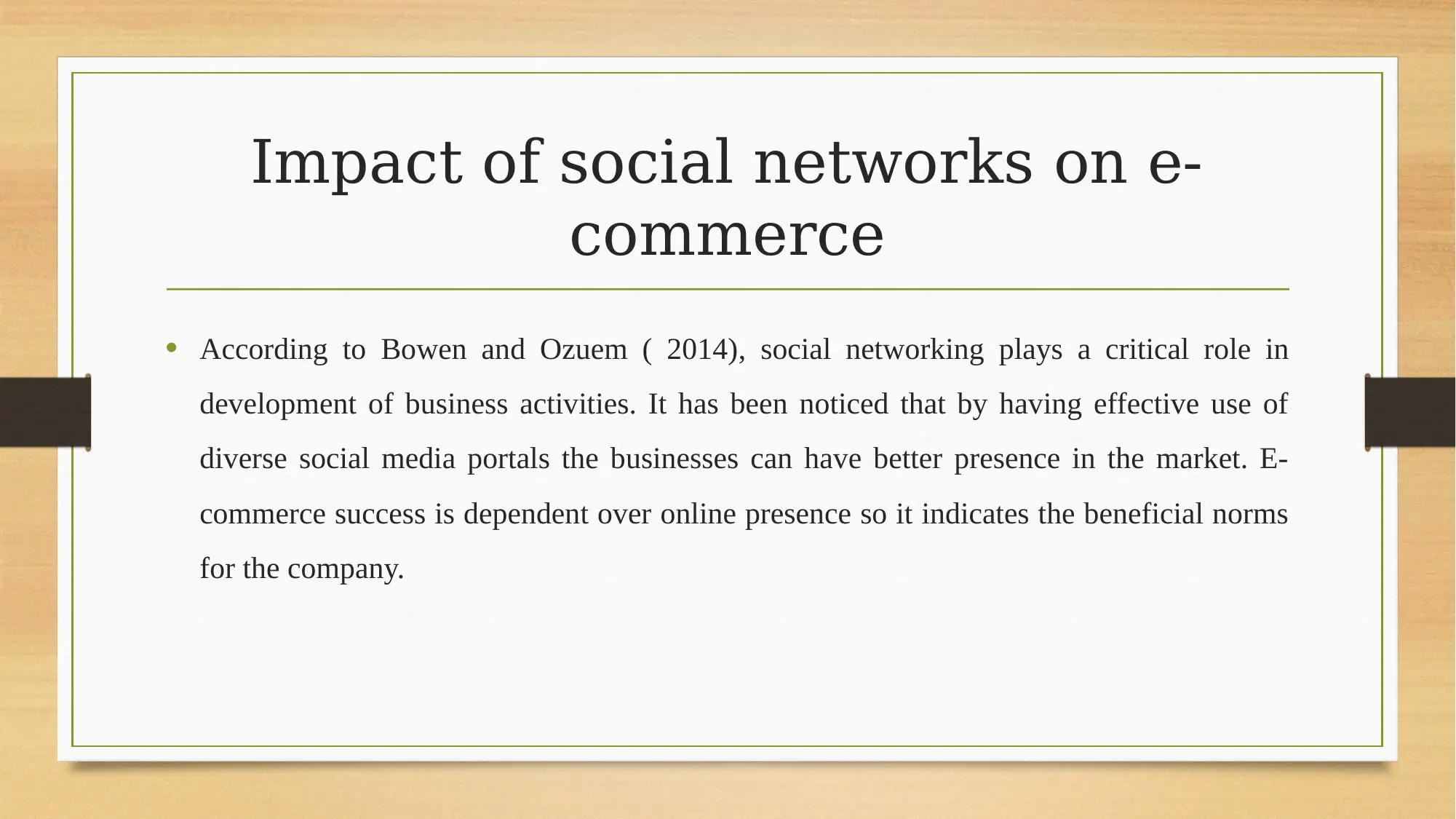
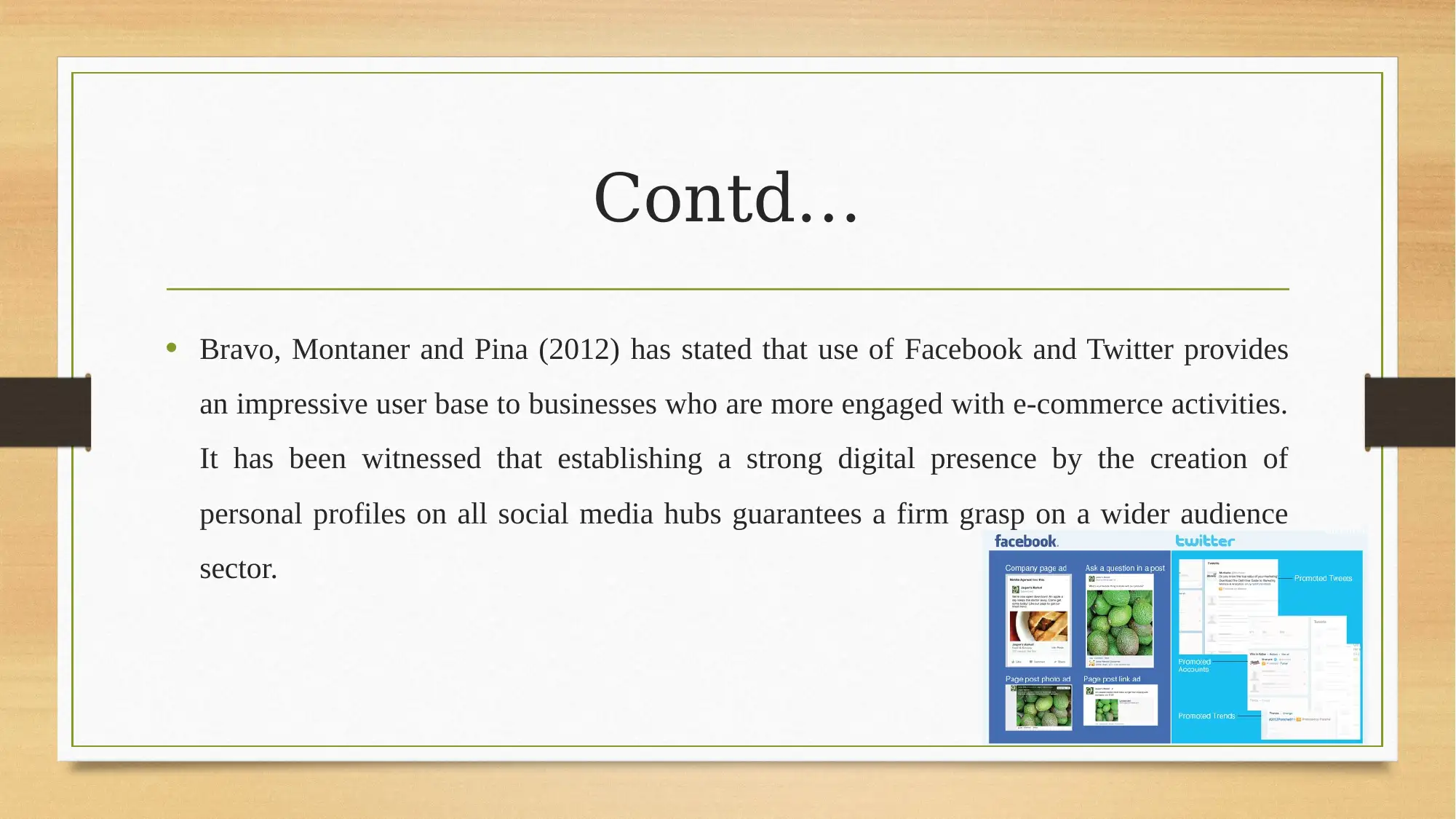

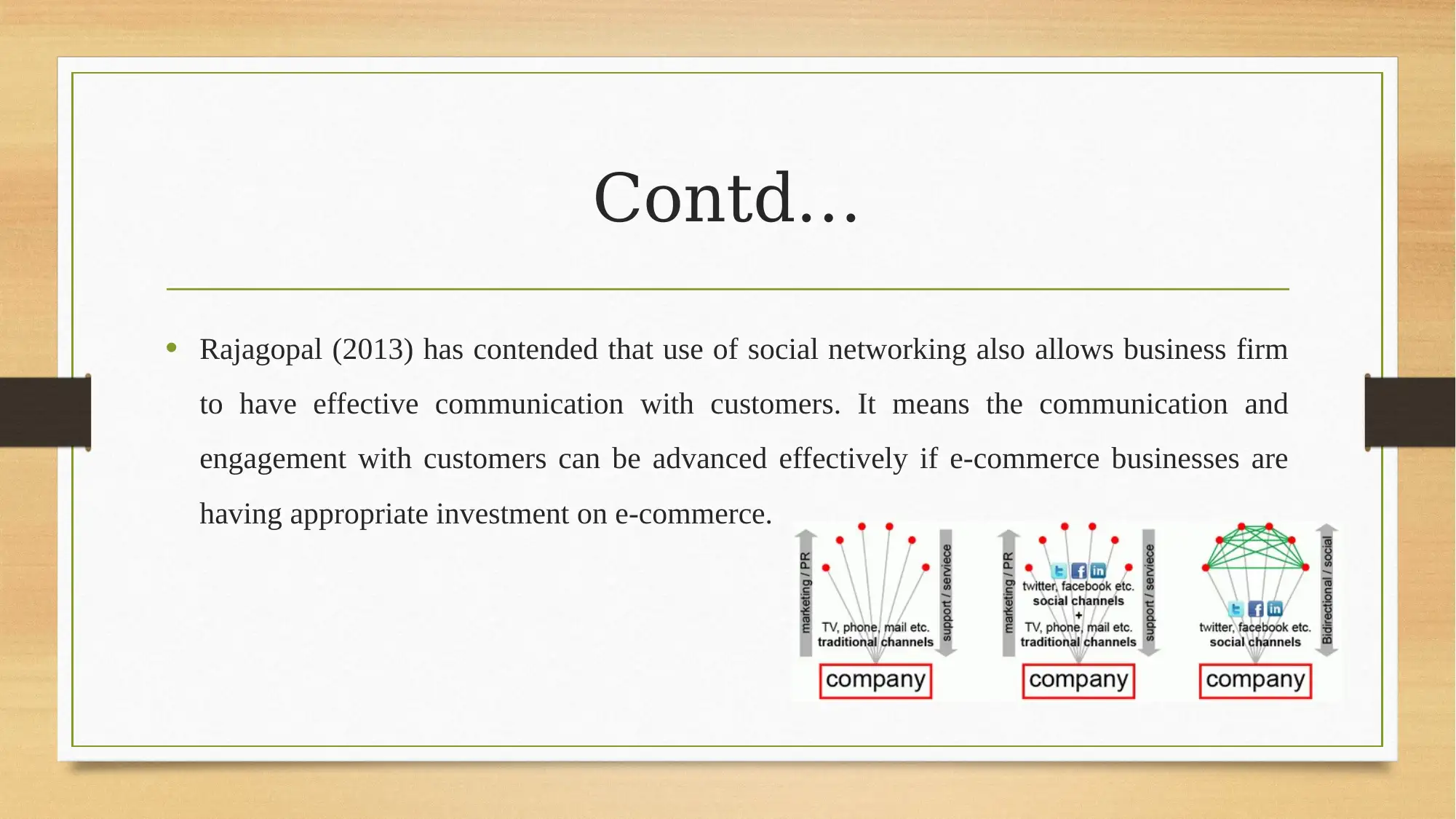
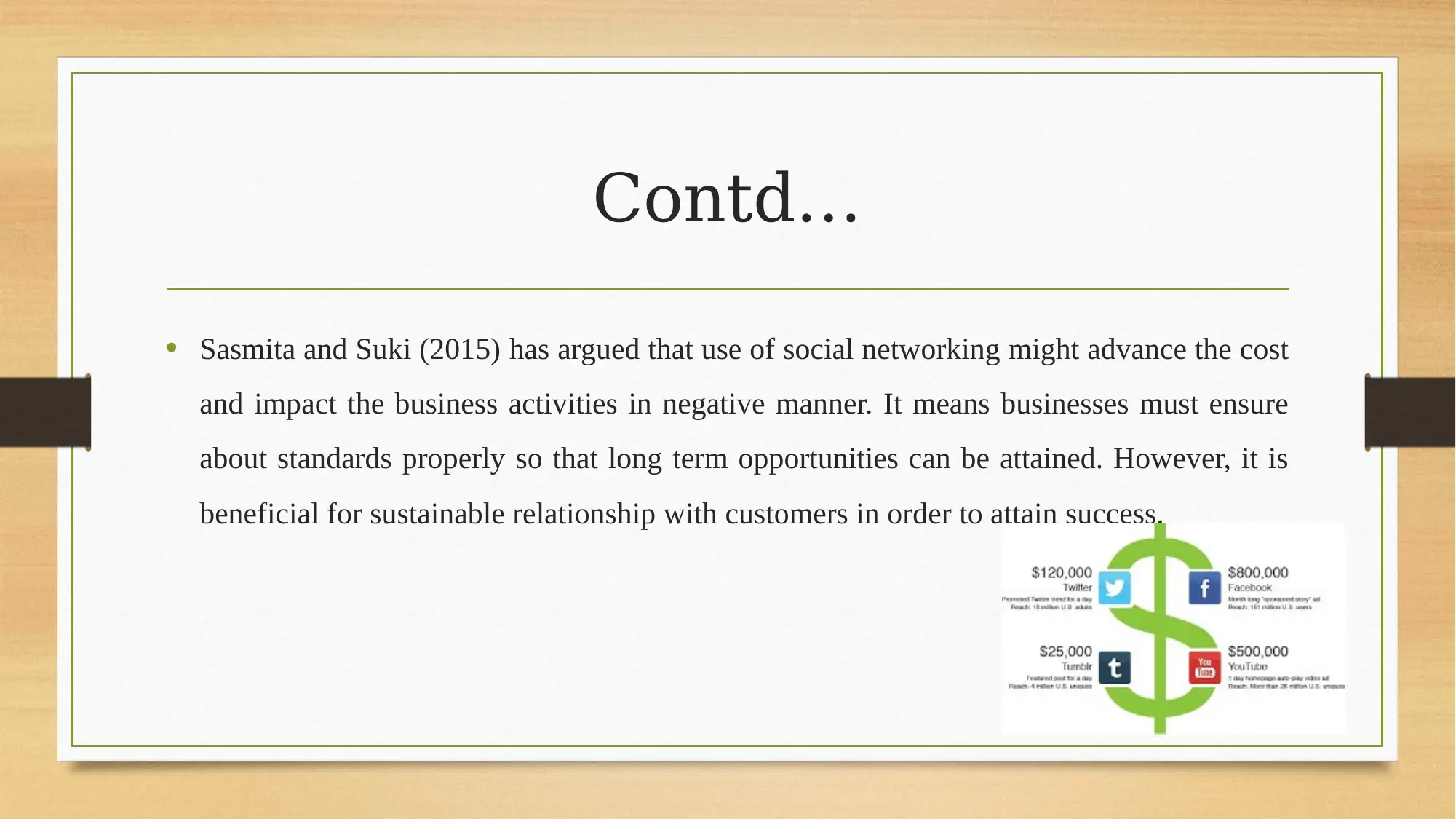
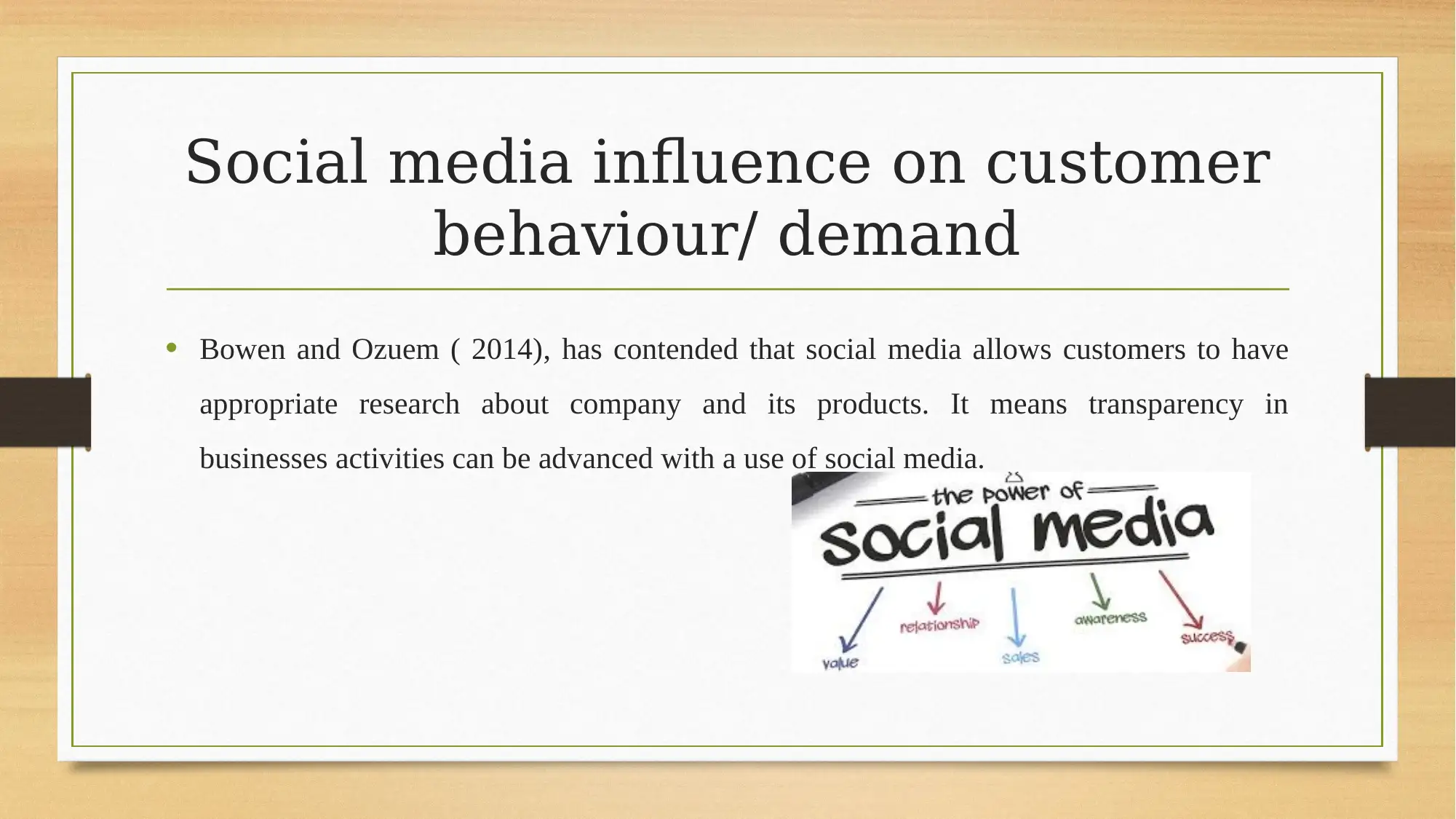
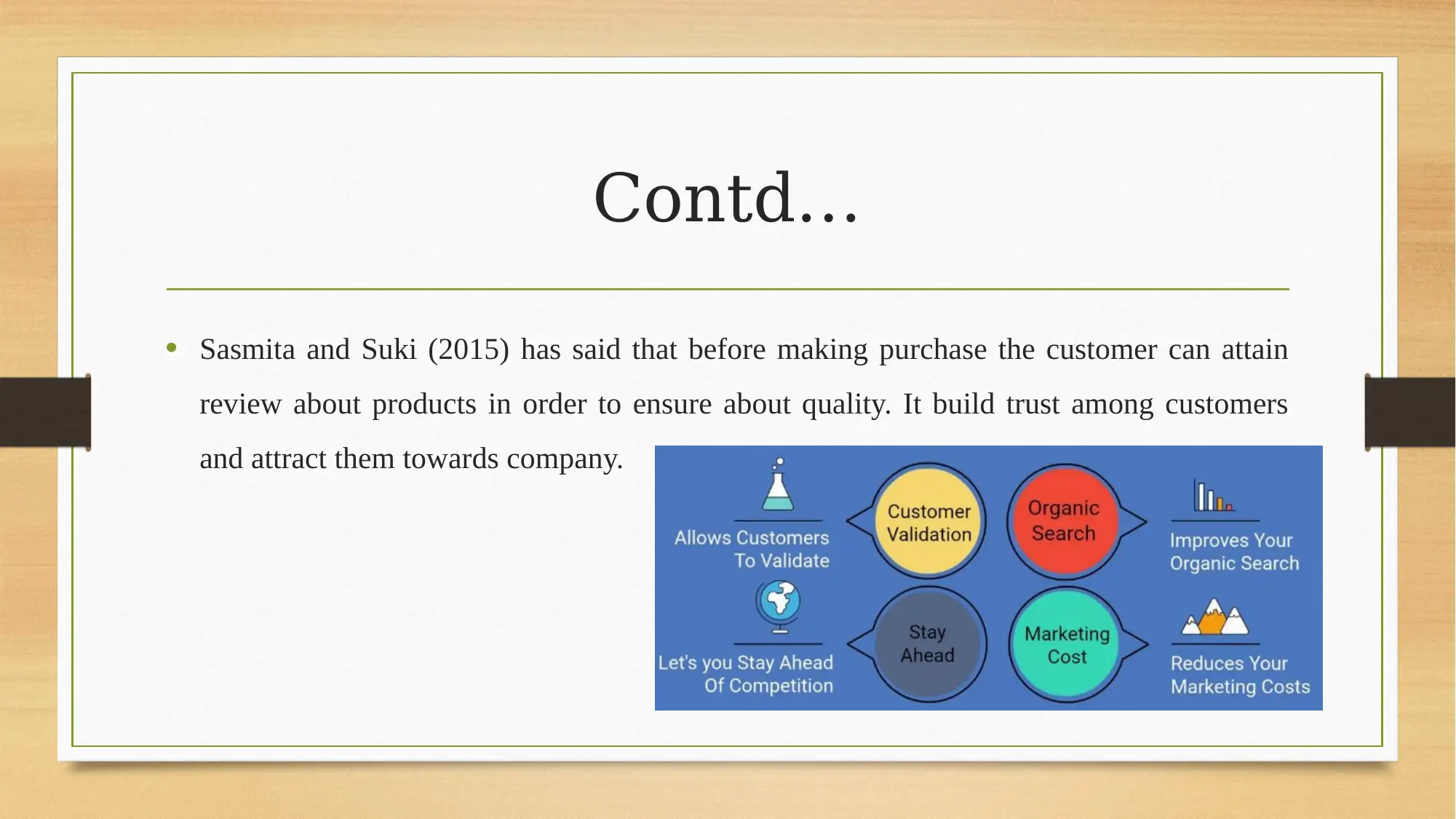
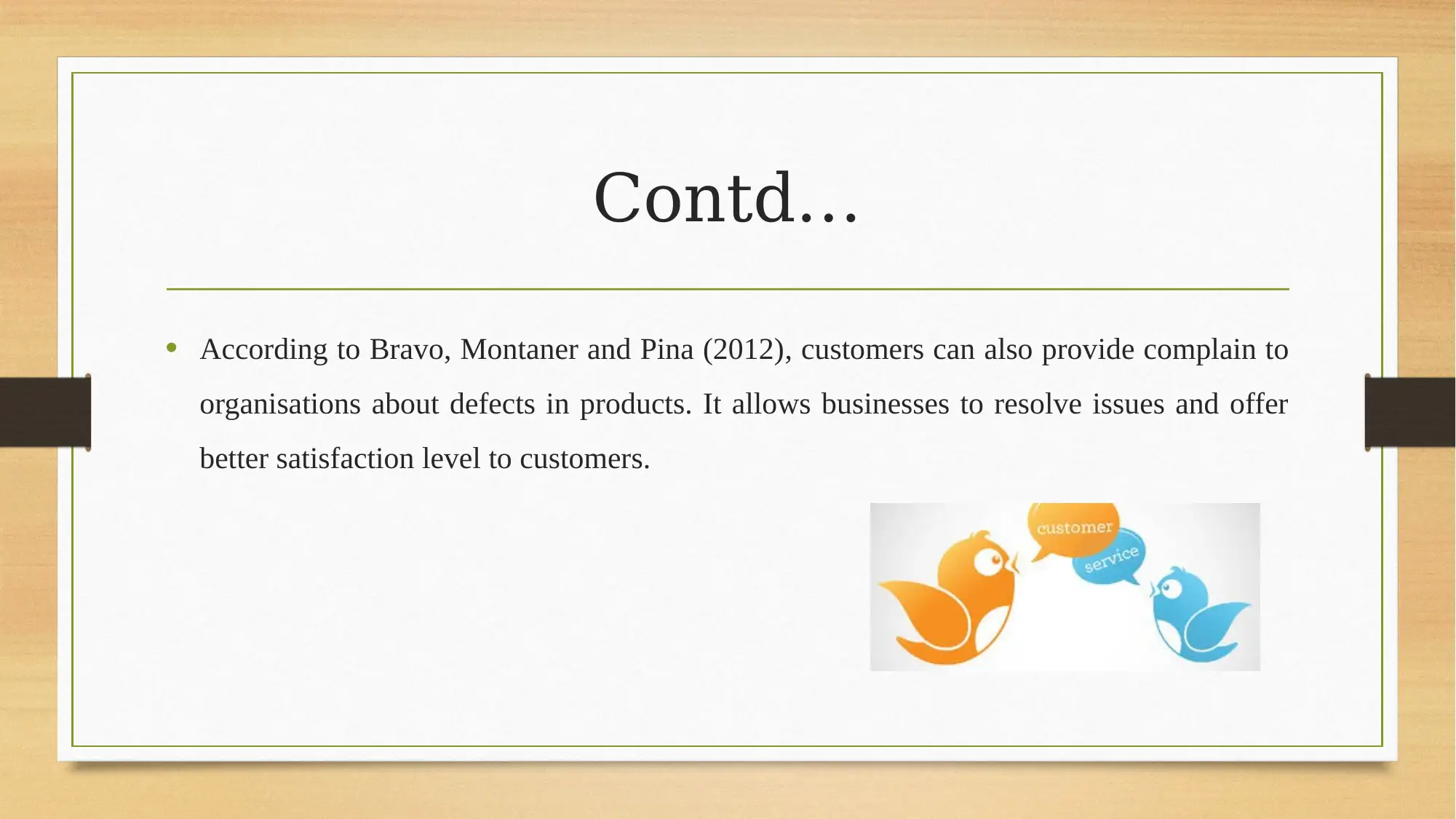
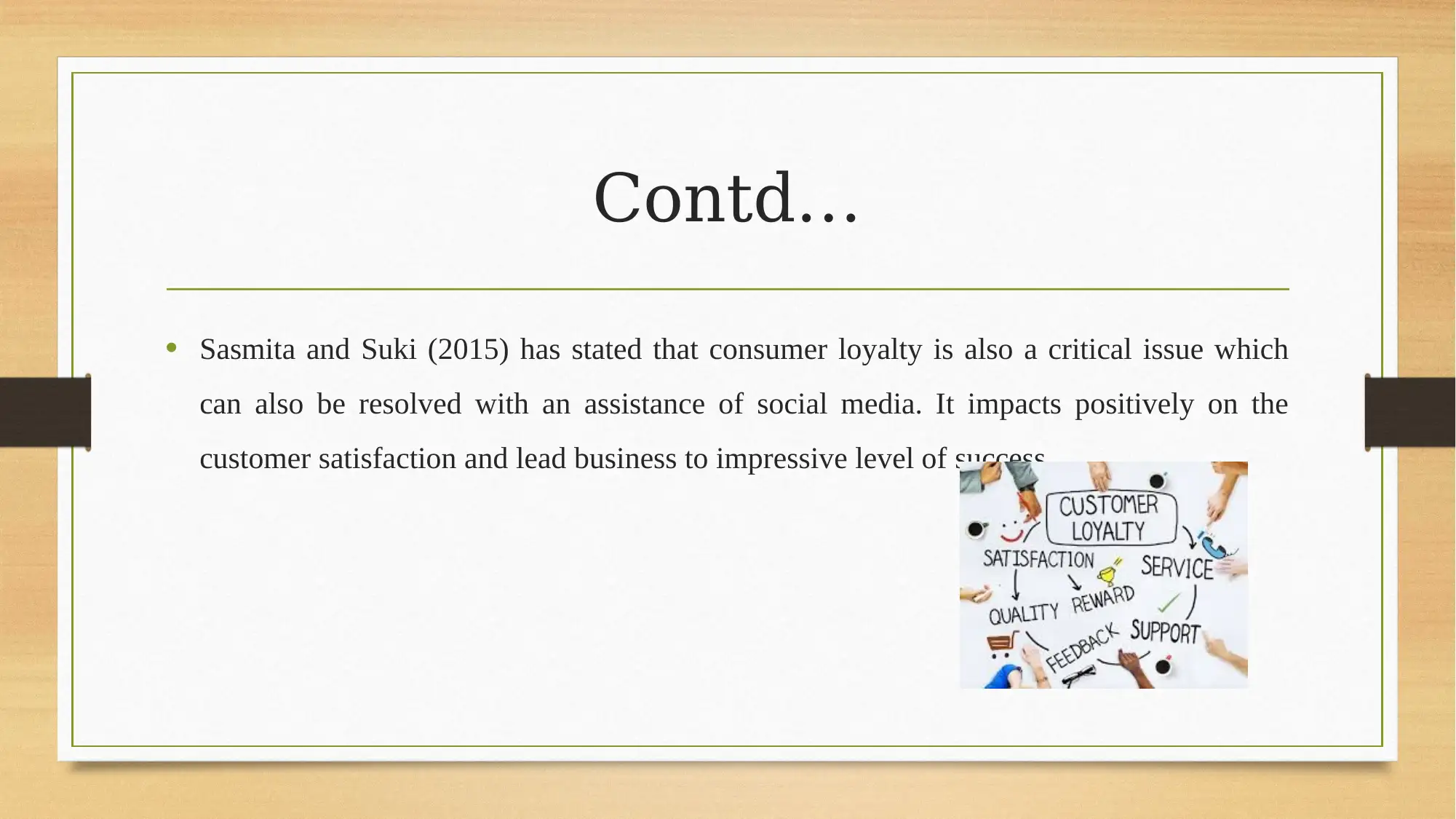
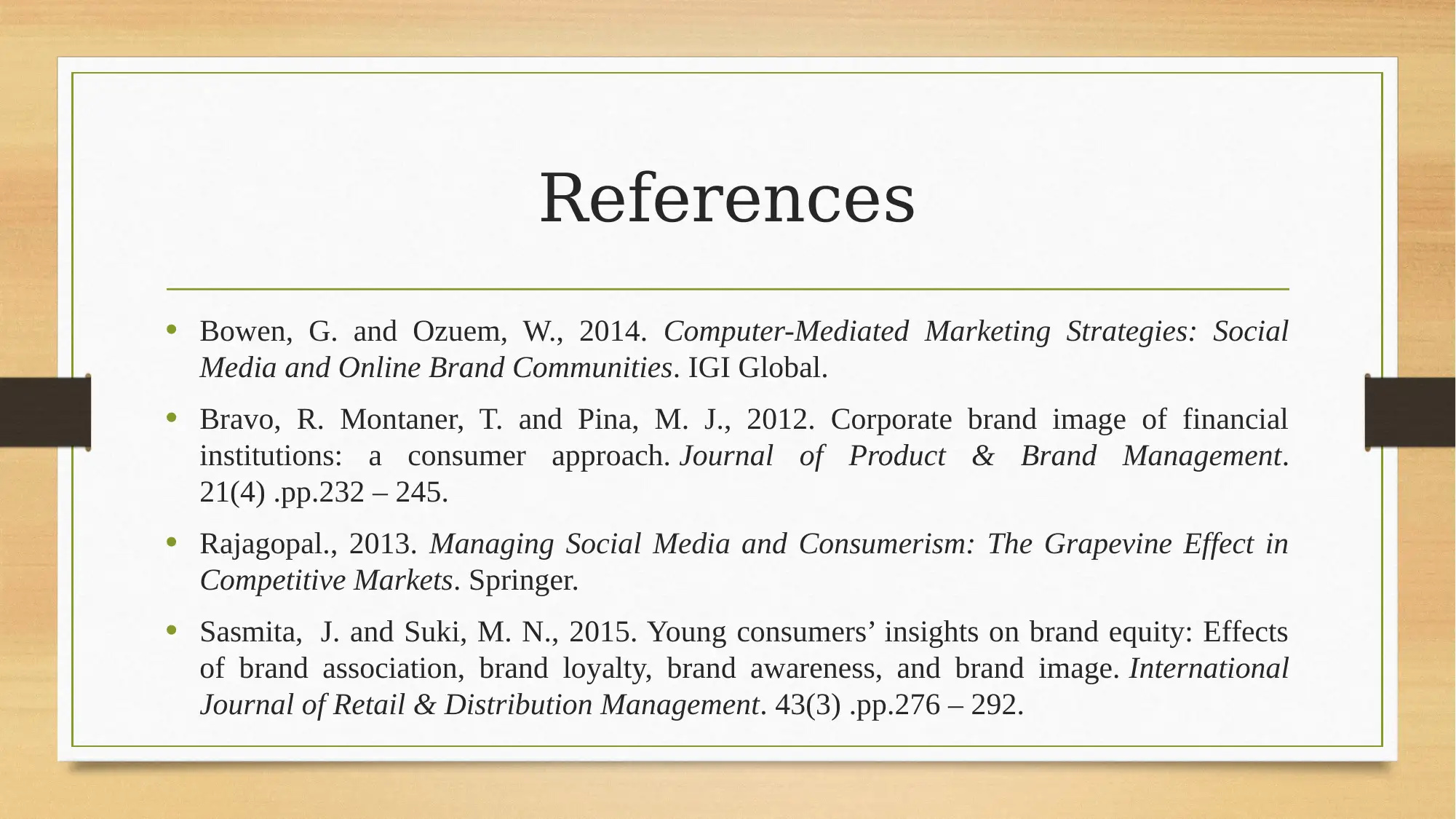




![[object Object]](/_next/static/media/star-bottom.7253800d.svg)